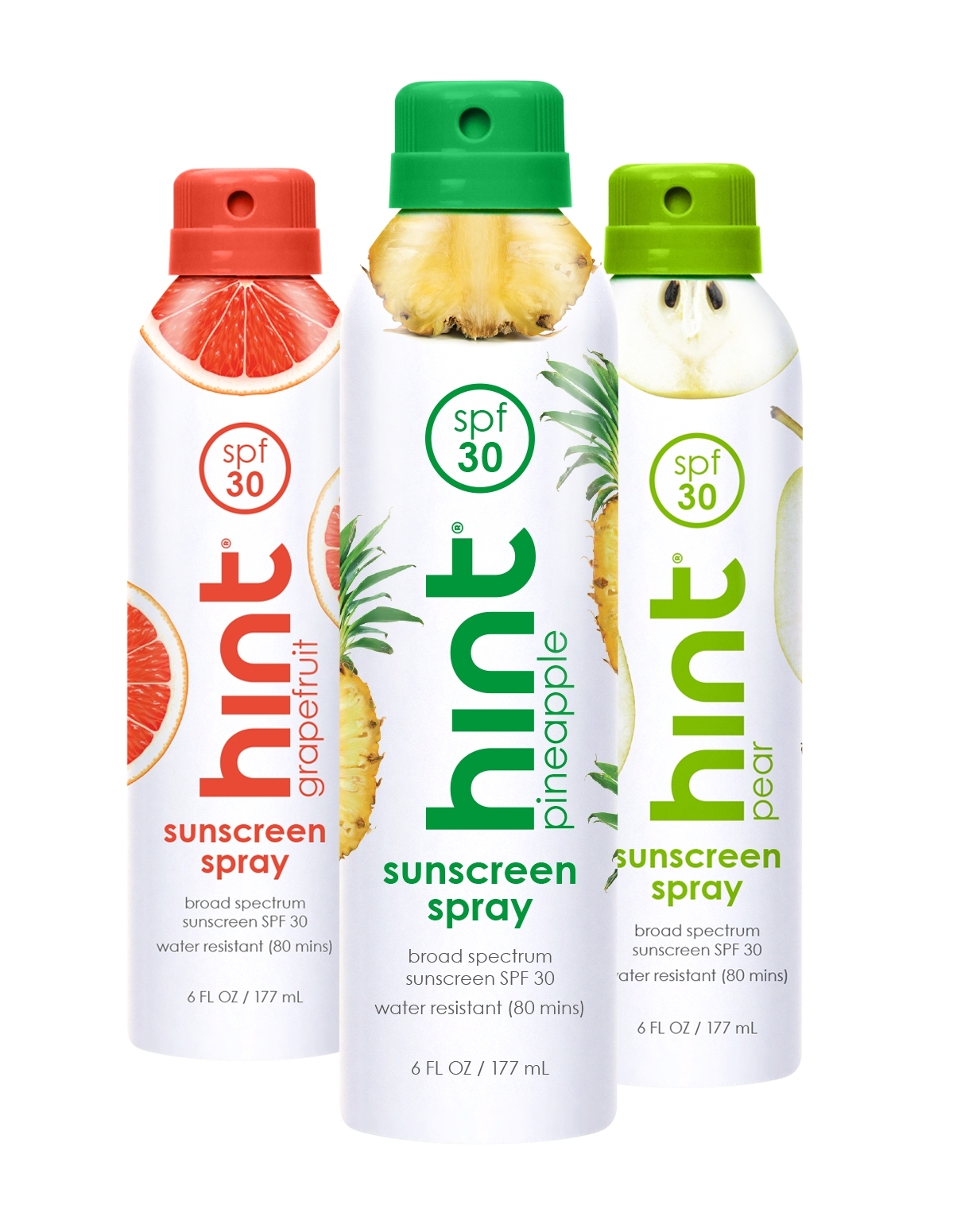Spfse 80 Download

It's hard to know what to make of SPF inflation without first going into how the system works. The number that makes up the SPF rating is based on a ratio. If you take an average person with untreated skin and calculate how long it takes for them to develop a sunburn -- about 15 minutes -- then the SPF value tells you how many times weaker that person's UV exposure would be after applying the sunscreen. Free serial numbers sites.
So, using sunscreen with an SPF of 15 means that an average person would be protected 15 times more than if they'd gone without. SPF x the time it takes to burn = time needed to receive the same dose of UV that you'd have gotten if you hadn't used sunscreen. But as scientists are beginning, SPF is a rather incomplete and somewhat misleading index.
If that doesn't scare you, this will: 80 percent of the aging that dermatologists see is due. Luckily, there are a slew of facial skin care products with SPF, and our. Polishing Machine for Aspherical Surfaces and Freeform Surfaces. SPF 80 CNCDownload 480.42 KB.
The key factor you want to pay attention to isn't really time -- it's the completeness of your protection. One example of how this perspective on sunscreen tampers with SPF is that as the numbers increase, you're not really buying substantially better protection. As our own Derek Thompson: Each minute wearing SPF 30 sunscreen lotion, you get a 1/30th, or 3.33%, of UV exposure that you would get without the lotion. Subtracting that 3.33 percentage points from 100, you're protected from 97% of UVB rays with SPF 30 sunscreen. Buying SPF 80 improves on SPF 30, but not by much.
The stronger product blocks another 1.75 percentage points of UVB radiation. Upgrading again to SPF 100 blocks 99 percent of UVB rays, but compared to SPF 80, it's really only a quarter of a percentage point better.
When all these products are functionally the same, it becomes absurd to say that one will wear out within hours while the other gives users license to spend the whole day outdoors on a single application. Yet that's precisely what manufacturers imply, with routine claims that their products are waterproof or that they offer 'all-day protection.' And it's not just how much of the sun's ultraviolet radiation gets blocked, either -- it also matters what kind.
We know that UV comes in three so far: there's UVC, which is filtered out naturally by the earth's atmosphere; there's UVB, the kind that causes sunburns, melanoma, and basal cell skin cancers; and then there's UVA, which ages your skin and causes most cases of squamous cell carcinoma (the second most common form of skin cancer). In the United States, commercial sunscreens have generally done a great job at blocking UVB rays. But they've been less effective at stopping UVA. The FDA has approved only one major ingredient, avobenzone, that's been shown to combat UVA radiation. There are others, such as a compound called Tinosorb, but it isn't available here. The FDA put in place new rules on sunscreen labeling that in June.
These are some of the big ones (you can get ): • Sunscreens that want to brand themselves as 'broad spectrum' must pass a new test that demonstrates protection against both UVA and UVB to a proportional degree. • SPF labels on broad spectrum sunscreens must reflect the overall level of protection, not just the magnitude of protection against UVB. These products may be labeled as 'Broad Spectrum SPF [value]' • The only sunscreens that can claim to reduce the risk of skin cancer and skin aging will be broad spectrum sunscreens with SPFs of 15 or higher, as long as they also say 'if used as directed with other sun protection measures.' All other types of sunscreen can only claim to prevent sunburn. 1000 nes roms pack download torrent. • Sunscreens can no longer claim to be waterproof, though they can still claim water resistance at grades of either 40 minutes or 80 minutes depending on testing. Sunscreen manufacturers have until December to comply with all the new rules.

That means, at least for the remainder of this summer, you'll still want to exercise caution when you're lathering up. We want to hear what you think about this article. To the editor or write to letters@theatlantic.com.
Wearing sunscreen is one of the healthiest things you can for your. A good sunscreen with potent UVA and UVB protection can keep you from, minimize the development of wrinkles and brown spots, and can reduce your risk of (3.5 million new cases of nonmelanoma skin cancer will be diagnosed this year alone). But too many people still manage to mess up the application process — slathering on too little, skipping vulnerable spots, and more. Here, dermatologists share the biggest sunscreen slip-ups we tend to make, and how to outsmart them. 1: You wait until you’re already at the beach to apply sunscreen.